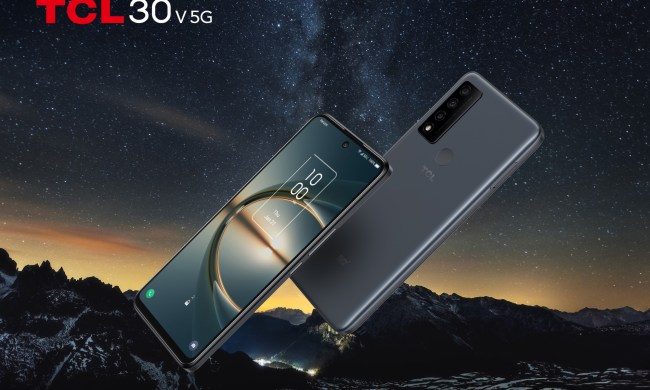
Verizon Wireless has introduced the Verizon Network Extender (enter ZIP code to view product details), designed to improve the performance of Verizon Wireless phones where they hurt the most (and where almost every customer uses them): in their homes. The Verizon Network Extender creates a small, single-cell mobile network for use in a home or building, then pushes users calls and data server back out to Verizon using an existing broadband Internet connection. Users need at least 300 Kbps of upstream bandwidth to use the device, the device should be places near a window so it can pick up time and location information via GPS, and the system does not support EV-DO data, Verizon’s V Cast or location-based services. But for Verizon customers who would like to use their cell phones at home without stepping out onto their frozen-over porches, the Verizon Network Extender might be just the trick.
Users can manage the Network Extender by logging into their My Verizon account to manage settings. By default, the devices are set to enable any Verizon Wireless phone within range to use the Network Extender, but users can lock down the device to as many as 50 specific phones…although the Network Extender will still offer 911 service to any caller, and general phone service when a normal cell tower is not available and no priority callers are using the device. Users have to be within about 15 feet of the Network Extender to set up an initial connection, but after that, the femtocell can cover about 5,000 square feet.
The Verizon Network Extender is available now via Verizon Wireless’s Web site for $249.99. The product competes with T-Mobile’s @Home service and Sprint’s Airave…and AT&T is preparing a "MicroCell" product for its customers that will offer similar services…although it will support 3G phones.


